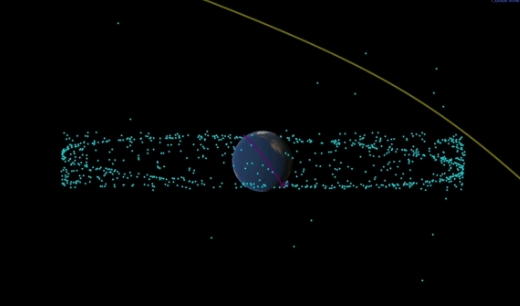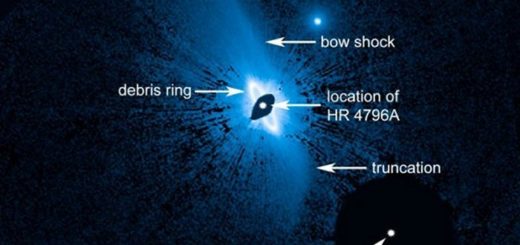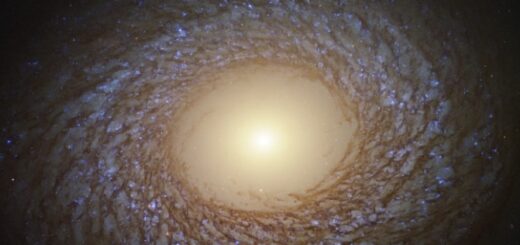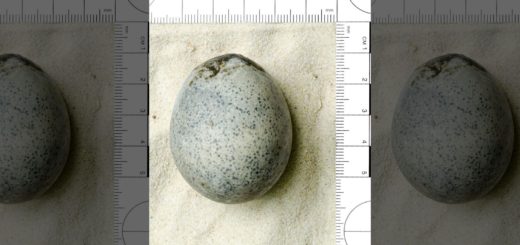Large asteroid Apophis will safely fly by Earth on Friday

Our solar system’s most infamous asteroid will pass by Earth on Friday (March 5), and with a high-end telescope you can watch it as it safely whizzes by our planet.
We’re talking about none other than asteroid 99942 Apophis, which will come even closer to Earth on April 13, 2029, when it passes through the zone of high-altitude satellites. But even then, Apophis won’t hit Earth as some had predicted — so instead, let’s focus on what science is coming from these flybys.
The near-Earth asteroid is roughly 1,000 feet (300 meters) across and was discovered in 2004. Initial early estimates suggested there was a small chance of Apophis hitting Earth in 2029, but scientists ruled out that possibility after looking at archival images, NASA said.
Even though the planet is not in danger, however, scientists will still appreciate the rare flybys in 20210 and 2029 to look at the shape of the asteroid — and perhaps even surface features in 2029 — in our ongoing study to learn more about asteroids, which have been around since early in the solar system’s history (our neighborhood came together roughly 4.5 billion years ago).
Apophis’ closest approach Friday will be at 0.11 astronomical units (an astronomical unit is the average distance between the Earth and the sun, or roughly 93 million miles or 150 million kilometers). While the flyby is close in astronomical terms, Apophis will remain at a distance of 44 times the distance between the Earth and the moon.
Personal telescopes may struggle to see Apophis due to its faintness, as it’s only going to have a visual magnitude of roughly 15 or 16, according to EarthSky. You’ll either need a 12-inch diameter or larger telescope to spot it visually, or to equip a slightly smaller telescope with a sensitive camera to process the images for later viewing.
Your best chance to see it may be early on Saturday (May 6), when Unistellar Optics coordinates a citizen-science campaign to observe Apophis around the time it gets closest to Earth. From the perspective of viewers in parts of the U.S., between roughly 12:55 a.m. EST and 1:04 a.m. EST (0555 GMT and 0604 GMT), Apophis will pass in front of a star. The broad sweep of terrain where the event will be visible extends through Montana, Wyoming, Colorado, Kansas, Oklahoma, Texas, Arkansas and Louisiana, and perhaps some bordering areas as well. A map and more details on calibrating a Unistellar eVscope are available in a company blog post.
Scientists love to use these close flybys to scan space rocks with radar to learn more about the asteroids’ shape and rotation. Unfortunately, Earth’s most powerful radar system is permanently offline, since the Arecibo Observatory radio telescope in Puerto Rico collapsed in December and is being dismantled.
The interim replacement is NASA’s Goldstone Deep Space Communications Complex in California, which was scheduled to begin observations of the asteroid Wednesday (March 3) and continue through March 14. The space-based asteroid-hunting NEOWISE mission may also be able to spot the asteroid later in April, principal investigator Amy Mainzer told Space.com.
“I’m hoping we can get some details of the surface roughness, the thickness of any rocks and dust on the surface of the object,” Mainzer said earlier this month, adding that the data would come from combining NEOWISE observations gathered in December 2020 and April 2021. “It may help us learn quite a bit more about it, if we’re very lucky,” she added.
While Apophis is not an imminent threat to Earth, scientists are running a planetary defense scenario pretending that they just spotted it in the sky in December, to prepare for a possible situation in the future. But you can rest easy, as there are no imminent threats known to Earth at this time — and NASA and its partners continue to scan the sky and practice disaster management, just in case.



 Creators of mankind
Creators of mankind Description of “Tall white aliens”
Description of “Tall white aliens” Where they came from?
Where they came from? About hostile civilizations
About hostile civilizations The war for the Earth
The war for the Earth “Tall white aliens” about eternal life
“Tall white aliens” about eternal life Video: “Nordic aliens”
Video: “Nordic aliens” Aliens
Aliens Alien encounters
Alien encounters The aliens base
The aliens base UFO
UFO Technology UFO
Technology UFO Underground civilization
Underground civilization Ancient alien artifacts
Ancient alien artifacts Military and UFO
Military and UFO Mysteries and hypotheses
Mysteries and hypotheses Scientific facts
Scientific facts


















